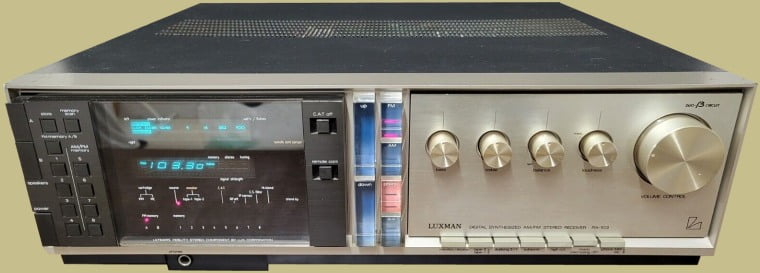
Luxman is known for making extremely good looking and performing audio equipment. Especially their early amps and receivers. However, this Luxman RX-103 receiver may be one of the strangest looking stereos ever made. It’s like some weird two-faced hybrid receiver – part silver face with knobs and part black face with push buttons and digital displays. Luxman called it eye-catching and I guess they weren’t wrong. To each their own, though. Some may find it beautiful. Introduced by Lux Corporation of Japan in 1982 and probably made for export only, it retailed for about $1000, which was a pretty hefty sum back then. It was also Luxman’s first foray into the digital aspect of audio. The RX-103 retailed for $1000 while the lesser featured RX-101 and RX-102 sold for $500 and $600, respectively.
Aside from its aesthetics, the RX-103’s performance is definitely to Luxman’s high standards. It produces 90 watts per channel and is loaded with various controls and features including Computer Analyzed Tuning, Digital Frequency Display, Duo-Beta amplifier, Fluorescent power meters, a discrete power amplifier, and preamp output.
The left side of the front panel has controls for power on/off, speaker selector, FM/AM memory and presets, fluorescent power meters, digital frequency display and several indicator lights for various settings. There are also C.A.T. off/on and Remote Control switches (more on those later).

Let’s take a look at the RX-103 station memory/preset process. The RX-103 employs a CMOS IC for its memory element. It will store up to 24 preset stations in memory (8 AM and 16 FM). There are essentially 2 banks of 8 memory locations for FM. Bank A and bank B. That is what the FM Memory A/B button is for. It will toggle between the two banks. A couple of red LED’s will show which FM bank and which memory position is currently in use. To store a station, just select bank A or B, then tune to the preferred station press the “store” button and then one of the numbered memory buttons.
The two large push buttons at the top left of the front panel are to select between the A and B speakers.
In the middle of the front panel are several transparent lucite blocks which are actually push buttons and serve as source selectors (FM, AM, Phono, and AUX) as well as Up and Down for tuning AM or FM. When a particular button is pushed, a low level red light is emitted from behind the button, illuminating the block in red. While these lucite buttons don’t really match the style of either the ServoFace section or the left side black digital display section, they do look cool.
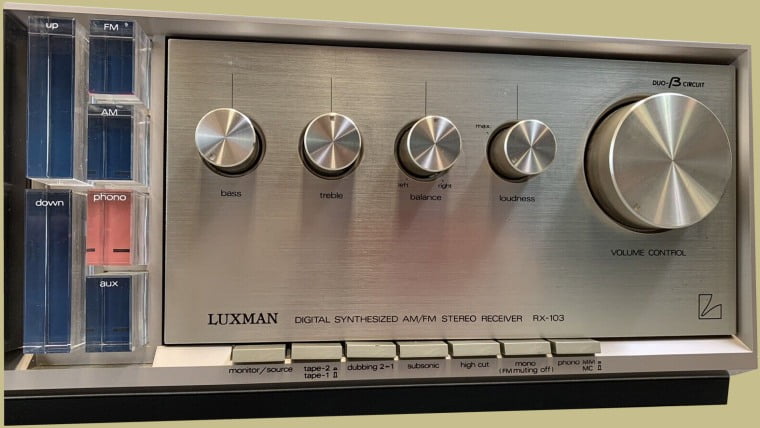
An interesting design feature of the RX-103 is what Luxman called the ServoFace. Over the years, the official term ServoFace has morphed into SuckFace on online chat forums. So, if you’re looking for more info on the ServoFace aspect of the RX-103, then try searching for “suckface” as well. The way the ServoFace works is when the unit is powered off, the motor driven, silver-faced panel around the knob section of the receiver extends outward and becomes flush with the knobs and push buttons so that they are not easily turned. When the RX-103 is turned on, the panel retracts, exposing the controls for use. I guess this was intended to keep children from randomly changing the preferred setting of the knobs and push buttons when the unit was not in use. These days, many of the ServoFace motors or belts have failed and they aren’t very easy to repair. The ServoFace was a novel idea that probably wasn’t worth the effort and expense. The above picture shows the ServoFace retracted (RX-103 powered on) while below shows it extended (RX-103 powered off)
I believe that even if the ServoFace on the RX-103 is stuck in the extended position, the controls can still be manipulated with some mild difficulty and the unit will still function. However, I have heard that the RX-101 and RX-102 do not have that ability and when their servo face is stuck outward, it cuts off the output signal and the unit won’t produce any sound. The ServoFace is repairable, but it’s not a job for the fainthearted. But, with the RX-103, at least you really don’t need it, especially if the face is in the retracted position.
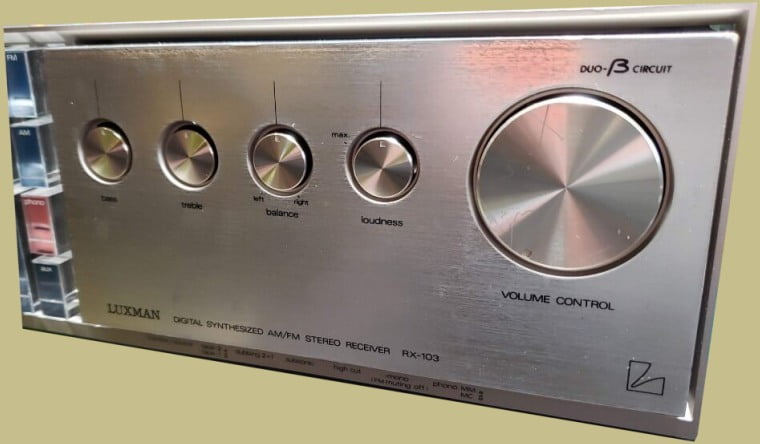
Luxman incorporated what they called the C.A.T. system into the RX-103. C.A.T. stands for Computer Analyzed Tuning. The C.A.T. system adjusts four different circuits controlling i.f. bandwidth, antenna attenuator, high-blend circuit, and an anti-“birdie” filter. The circuits are turned on or off automatically by the C.A.T. system and are not adjustable by the user. When the C.A.T. system turns one or more of these circuits on then a small red LED will light up on the front panel. The user can choose to turn off the C.A.T. system completely if they want by pushing the CAT on/off button. But, C.A.T. does a good job of optimizing FM reception.
The RX-103 was also one of the earlier receivers to have a wireless remote control. The remote could be enabled or disabled via a button on the front panel and is used to control power on/off, volume, muting, input selection, memory scanning, FM A/B selection, and tape monitor switching. It will also control a Luxman PX-101 turntable and/or Luxman KX-101 or KX-102 cassette player. These components have to be connected via cable to special sockets on the rear panel of the RX-103, though.
The RX-102 is similar to the RX-103 except that it only produces 60 wpc, has no remote control, and no MC input. The RX-101 is like the RX-102 except it produces only 40 wpc and has no preamp output or FL power indicator.

The RX-103 can handle speaker impedance down to 2 ohms, which is rare among stereos of the time. Its tone controls are unique too. When the bass and treble boost is employed (knobs turned clockwise), mid-range frequency response is relatively unchanged but when the bass or treble cut is used (knobs turned counter-clockwise), the turnover point shifts more toward the mid-frequencies. This arrangement seems to be more effective than the usual fixed-pivot-point tone controls used in many other receivers.
Luxman’s Duo Beta amplifier circuit sounds like a marketing gimmick, but in fact the circuit is a legitimately functional design. The circuit provides minimal overall loop feedback in the audio range but adds a second subsonic feedback loop to reduce output impedance at near d.c. frequencies and reduce various forms of intermodulation distortion, in addition to stabilizing the output stages against d.c. drift. As mentioned above, the RX-103’s amp section delivers 90 watts per channel with total harmonic distortion at a rated 0.018% which is excellent. It also has very good dynamic headroom at a full 1.7dB. This means that the RX-103 can deliver short-term signal peaks of 133 watts per channel without clipping.
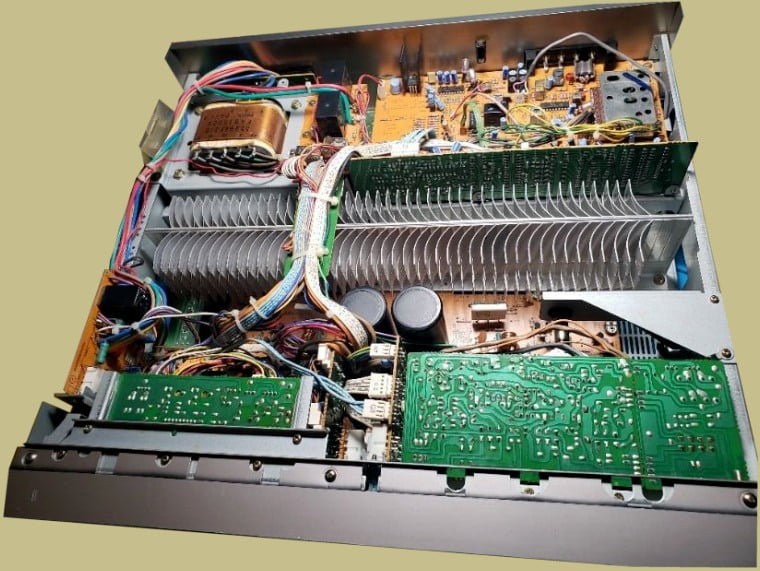
The rear panel of the RX-103 has a pre-amp output, a main amp input, and a switch to enable or disable them. There are two sets of speaker terminals and four AC plugs. The sockets for the cabling to allow the RC-103 remote to control a cassette and turntable are also located here.
Despite its rarity, there are still parts, including knobs and buttons, usually available on eBay. You can find a list of currently available parts HERE.

The Luxman RX-103 is an excellent receiver with top level performance. It has sufficient power for most users, high dynamic headroom, which is good for playing CD’s (via the AUX input) or other dynamic music sources, and the phono section is excellent as well. While the FM tuner specs are very good, the C.A.T. system actually enhances the RX-103’s FM capabilities by automatically choosing the best parameters for the listener given the quality of the incoming FM signal. The listener doesn’t have to do anything. All that being said, some people won’t like the aesthetics of the RX-103. I’m not a fan myself but I think I could get used to it given its performance and features. If you’re considering buying one, expect the ServoFace (SuckFace) not to work. If you find one in full working condition at a reasonable price, buy it. You will then own a strange piece of audio history and an excellent receiver as well.
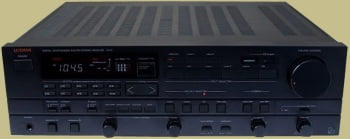
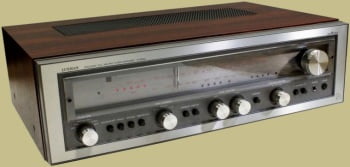
The Luxman rx-103 is a great sounding reciever. 90 watts per channel is some hard power. Some people dont care for the looks but like the sound and power.
I recently purchase the RX-103 and I love the sound plus Im a big fan of the 80’s computer controlled aesthetics!